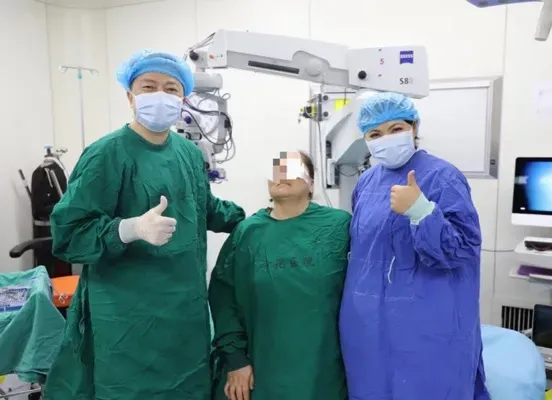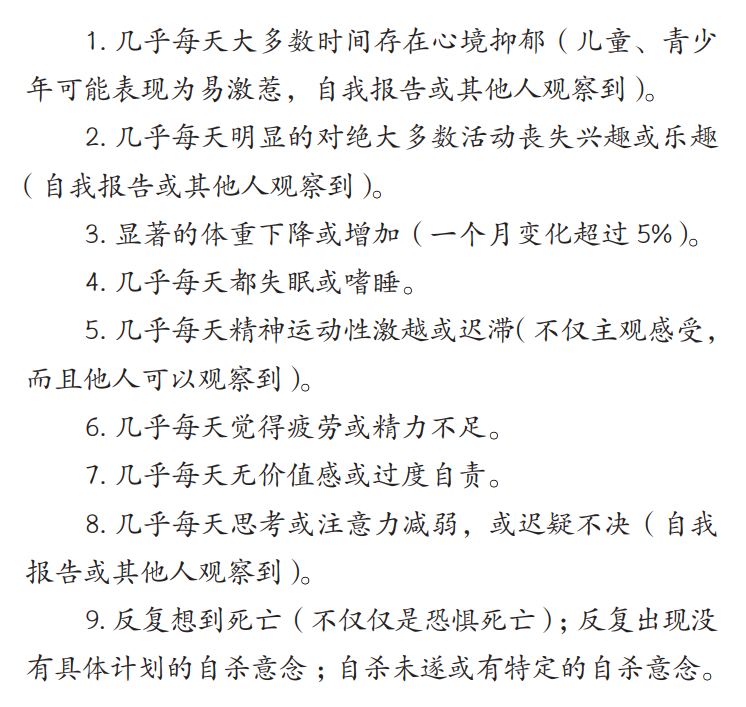An aunt in Xinjiang has been cured of her eye disease for many years, and the first green channel for the treatment of difficult eye diseases has been opened in Jing'an, Shanghai - Bachu, Xinjiang
Numangu, a 51-year-old Uighur aunt in Xinjiang, suffers from glaucoma in both eyes. She has undergone three surgeries, all of which failed. Recently, she came to the day ward of the Eye Center of Jing'an District Shibei Hospital through the first "Jing'an-Bachu" green channel for the treatment of difficult eye diseases established by the Ophthalmology Center of Shibei Hospital in Jing'an District, Shanghai and the Bachu People's Hospital in Kashgar, Xinjiang. That day A glaucoma drainage valve implantation was performed in the afternoon. The intraocular pressure was controlled the next day after the operation. When she was discharged from the hospital, the aunt happily embarked on a flight back to Xinjiang.
It is reported that Jing'an District began to provide counterpart support to Bachu in Xinjiang in 2010 according to arrangements by the Organization Department of the Central Committee of the Communist Party of China. In September 2020, Shibei Hospital opened China's first Shanghai-Bachu fundus artificial intelligence remote diagnosis and treatment center, using Internet remote diagnosis technology to help Bachu County establish a complete ophthalmic AI diagnosis and treatment network. In the past four years, the hospital has provided AI remote diagnosis and treatment services to more than 24,000 patients in four medical institutions including Bachu County People's Hospital and County Hospital of Traditional Chinese Medicine.
In early April this year, Chen Jili, director of the Ophthalmology Department of Shibei Hospital, accompanied a delegation of Shanghai ophthalmology experts to Bachu, Xinjiang to bring light. During the free clinic, he met Aunt Nuerman. "The intraocular pressure in her left eye was so high that even instruments could not detect it. Her left eye was as hard as a stone, and her cornea was foggy and cloudy." It turned out that the aunt had glaucoma when she was young, but medical treatment was inconvenient and delayed again and again. It keeps getting worse and is now nearly blind. When severe, my eyes hurt and I had a headache that made me roll on the bed. Despite repeated visits to the hospital, the treatment effect was not satisfactory.
After careful inspection, Chen Jili found that the glaucoma in both eyes of the aunt had entered the absolute stage. The intraocular pressure in the left eye was out of control. After multiple surgeries, the anterior chamber disappeared and combined with malignant glaucoma. She had to undergo another surgery. Due to local technical limitations, anterior segment vitrectomy and glaucoma were required. Drainage valve implantation surgery can cure Aunt Nuerman's eye disease. It is recommended to go to Shanghai for surgical treatment.
Chen Jili discussed with Guo Zhenhua, leader of the 11th batch of Shanghai Jing'an medical aid team to Xinjiang, related matters related to helping patients go to Shanghai for treatment, and suggested opening a Jing'an-Bachu rapid treatment channel for difficult eye diseases so that more Bachu difficult eye disease patients can receive high-quality medical treatment in Shanghai. Quality diagnostic and treatment services. Guo Zhenhua immediately reported to the leaders of Shibei Hospital and received full support from the hospital leaders.
After communicating with the Xinjiang AI remote consultation system, Auntie improved her preoperative preparations in Xinjiang. Chen Jili carefully designs and prepares personalized surgical plans. The patient arrived in Shanghai late at night on May 14 and was admitted to the hospital early the next morning. It took 30 minutes that afternoon to complete this difficult operation. That night, the aunt had a good sleep, and the pain in her eyes and splitting headache that had plagued her for many years disappeared without a trace. The patient was discharged from the hospital after changing the dressing on the morning of the third day. On the fourth day, the outpatient review showed that the intraocular pressure was normal and then he set off back to Xinjiang.
Chen Jili said that the prevalence of glaucoma in Xinjiang is high, and due to limited medical conditions and equipment, many patients are unable to seek medical treatment in time. Combined with the AI diagnosis and treatment network of ophthalmology in Xinjiang, the first "Jing'an-Bachu" green channel for the treatment of difficult eye diseases will be opened, which will provide more convenient and efficient services for local patients and help medical aid to Xinjiang to be more practical and detailed.





